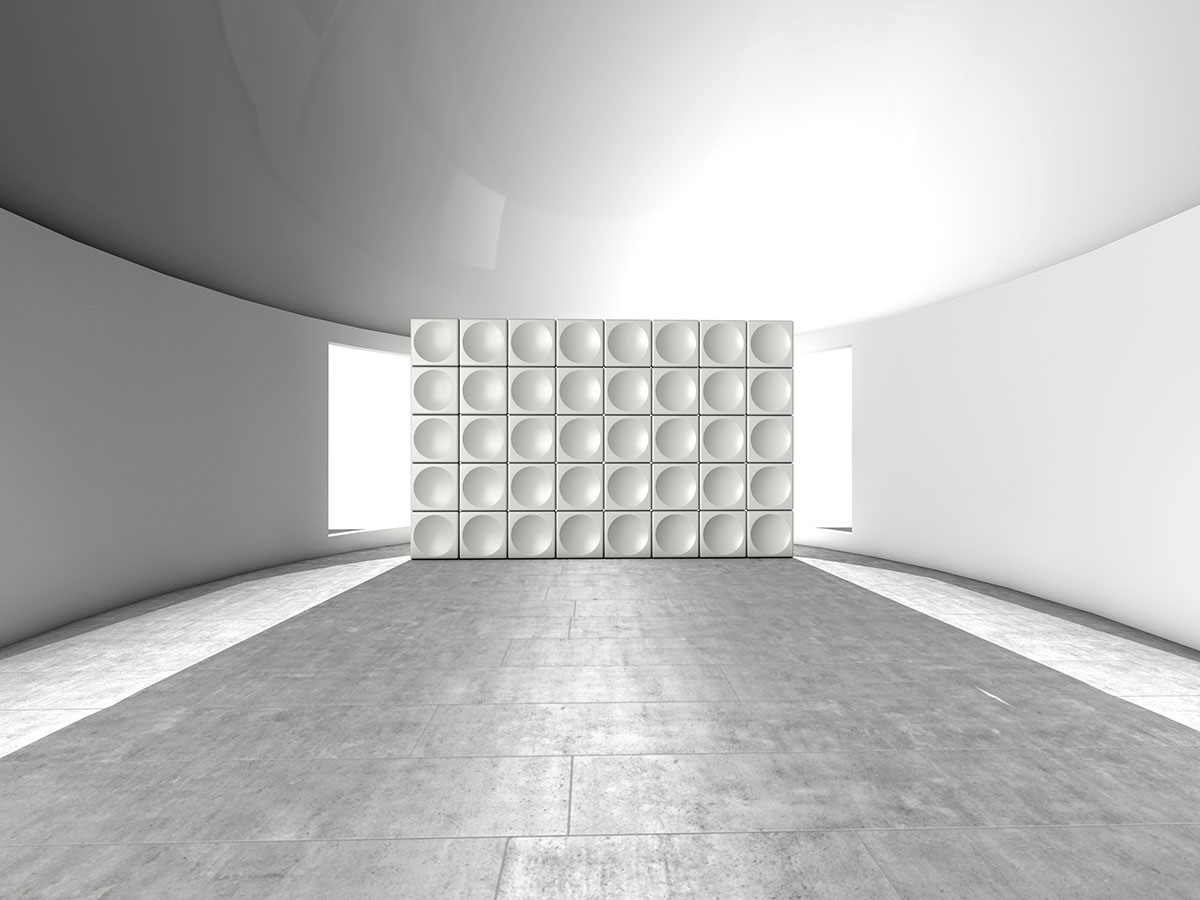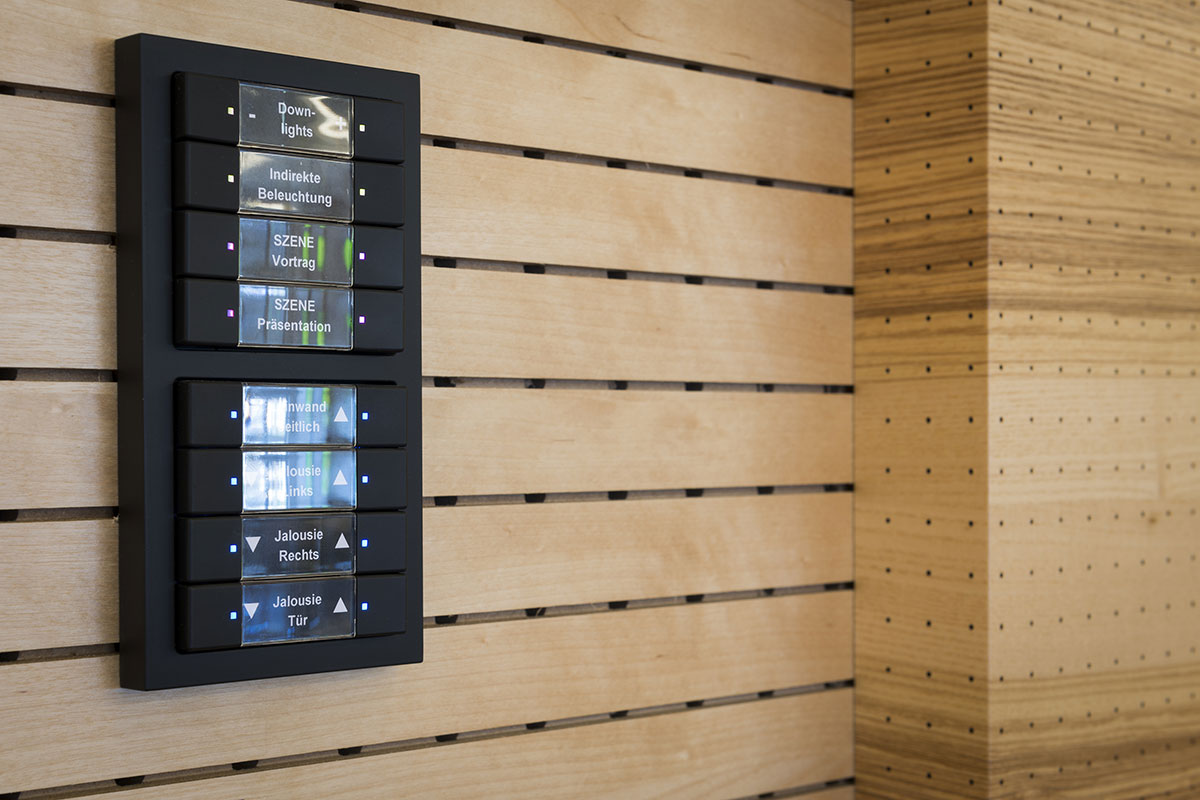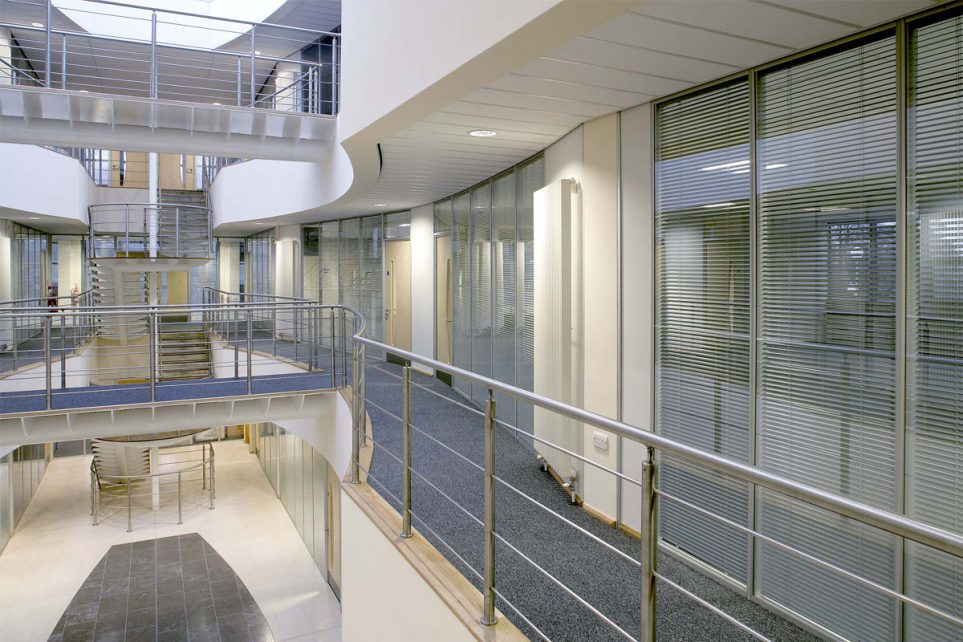Though the word acoustic is derived from the Greek word akoustikos, meaning “of or for hearing”, it was a Roman who officially established the science of architectural sound. In his treatise, dated around 20 BC, architect and engineer Vitruvius describes the ascending seating in theaters as a purposeful means of directing sound waves and optimizing sound quality.
Our 21st century understanding of architectural acoustics is a bit more sophisticated, making the premise of Vitruvius’ work more relevant than ever. In today’s architectural environment, smart acoustical design is not a luxury. It’s a necessity. The aural aesthetics of any given space are equally as critical to its function as its visual influences. In an office setting, how we process sounds impacts employee productivity. In auditoriums, acoustics are critical to performance quality. Whether we live in single family homes, condos or apartments, sound issues directly affect market value.

The Answer is…There is No One Answer.
When it comes to answers, the more precise our knowledge, the more we know one we need customized acoustical solution. Each building environment comes with its own set of sound parameters and must be dealt with individually, based on both the physical properties and specific purpose of the space. Acoustical design for a business conference room and a kindergarten classroom will require attention to completely different details. The key to successful architectural acoustics is using the building materials, system design and technologies that best apply to each circumstance.
For example, sound is commonly transmitted through air, but wall partitions, ceilings and floor/ceiling assemblies can also transmit both airborne sound—like human voices and ringing phones—and impact sound, ie footsteps on a floor. To minimize the flow of sounds in an office or industrial setting, where sound control is imperative, designers can make use of any—or all—of these sound-blocking devices.

Soundmasking: a 21st Century Tool
When there is a need to override sounds that cannot be blocked or absorbed by design elements like drapes and carpeting, more and more architects are turning to sound masking to enhance acoustics. Sound masking provides a constant, fixed level of unobtrusive background sound that is modulated to cover speech levels and soften other office noises. A far cry from yesterday’s white noise machines, today’s sound masking is electronically produced and evenly distributed through a space by speakers placed above the ceiling. As office walls continue to come down, finding the balance between noise and dead quiet is becoming ever more critical.
Whether the project is a busy fast food restaurant that requires a lively atmosphere, a music room where a noise reflective environment would strike a sour note, or an industrial space where too much noise means employees risk hearing loss, architectural acoustics need to be of primary concern in building design.
The eyes may be the window to the soul but in the words of Voltaire: The ear is the avenue to the heart.

